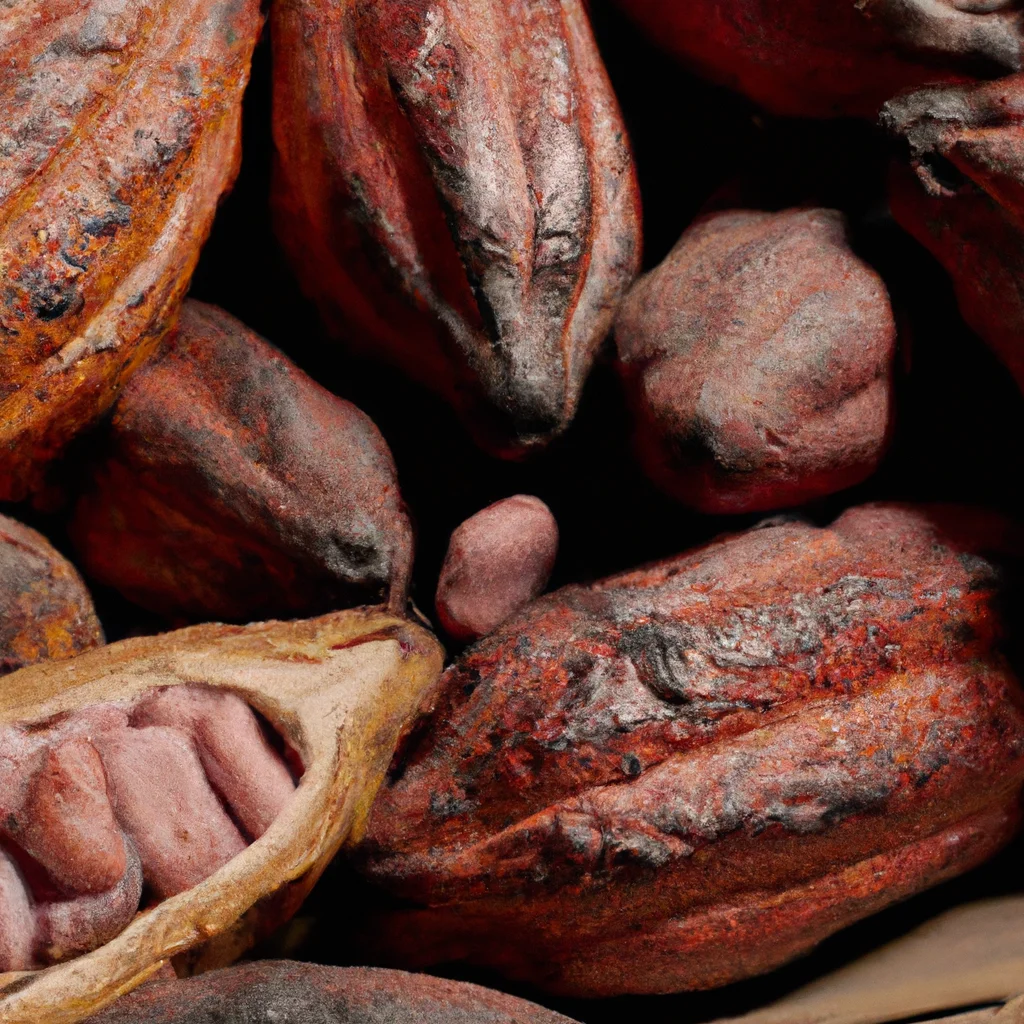How is chocolate made from cocoa beans?


How is chocolate made from cocoa beans?
Chocolate is one of the most popular treats in the world, and it all starts with cocoa beans. The chocolate making process is a complex series of steps that begins with the cocoa bean and ends with the delicious finished product that we all know and love. In this article, we will explore the cocoa bean to chocolate process, from cocoa processing to chocolate manufacturing, to give you a complete understanding of how chocolate is made.
Cocoa Processing
Before chocolate can be made, the cocoa beans must be processed. The first step in cocoa processing is harvesting the cocoa pods, which are the fruit of the cocoa tree. The pods are then opened, and the beans inside are removed. The beans are then fermented and dried to reduce their bitterness and increase their flavor.
Once the beans are dried, they are roasted. Roasting the beans brings out their rich chocolate flavor and aroma. The beans are then cracked and the shells are removed, leaving only the cocoa nibs.
Cocoa Butter Extraction
Cocoa nibs are then ground into a paste called chocolate liquor, which is used to make chocolate. Chocolate liquor is made up of cocoa solids and cocoa butter. Cocoa butter is the natural fat in cocoa beans, and it is what gives chocolate its silky texture. To extract cocoa butter, the chocolate liquor is pressed, separating the cocoa solids from the cocoa butter.
Chocolate Manufacturing Process
The chocolate manufacturing process begins with the chocolate liquor and cocoa butter. The chocolate liquor and cocoa butter are combined with sugar, milk, and other ingredients to create the chocolate mixture. The chocolate mixture is then refined, which involves grinding it until it is smooth and creamy.
The next step is conching. Conching is the process of kneading the chocolate mixture to smooth out any remaining rough particles and to develop its flavor. This process can take anywhere from a few hours to several days, depending on the desired flavor and texture.
Once the chocolate mixture has been conched, it is tempered. Tempering is the process of heating and cooling the chocolate to a specific temperature to create a stable crystal structure. This gives the chocolate its shine, snap, and smooth texture.
Finally, the chocolate is molded into bars, truffles, or other shapes. The chocolate is cooled and then packaged for sale.
Chocolate Industry
The chocolate industry is a massive global industry, with millions of people involved in its production and distribution. Chocolate is a popular treat all over the world, and it is enjoyed in many different forms, from chocolate bars to hot cocoa.
The production of chocolate has come a long way since it was first introduced to Europe in the 16th century. Today, there are many different types of chocolate available, including dark chocolate, milk chocolate, and white chocolate. There are also many different flavors and ingredients that can be added to chocolate, such as nuts, fruits, and spices.
Conclusion
In conclusion, the process of making chocolate from cocoa beans is a complex and fascinating one. From cocoa processing to chocolate manufacturing, every step is carefully controlled to create the perfect chocolate product. The chocolate industry is a huge global industry that provides employment for millions of people around the world. Whether you prefer dark chocolate, milk chocolate, or white chocolate, one thing is for sure – chocolate is a treat that will never go out of style.
Recent Posts
How do I create an engaging and informative online quiz or assessment?
Creating an engaging and informative online quiz or assessment can be a powerful tool for… Read More
What are the most effective methods for managing and reducing work-related stress in the hospitality industry?
Work-related stress is a common issue in the hospitality industry, where employees often face long… Read More
How can I improve my assertiveness and communication skills in a leadership position?
In a leadership position, assertiveness and effective communication skills are crucial for success. Being able… Read More
What are the key elements of a successful employee recognition and rewards program?
Employee recognition and rewards programs play a crucial role in motivating and engaging employees, as… Read More
How do I effectively manage and respond to customer feedback and reviews?
Customer feedback and online reviews play a crucial role in shaping a company's reputation and… Read More
What are the best strategies for effective time management as a stay-at-home parent?
Effective time management is crucial for stay-at-home parents who juggle multiple responsibilities on a daily… Read More